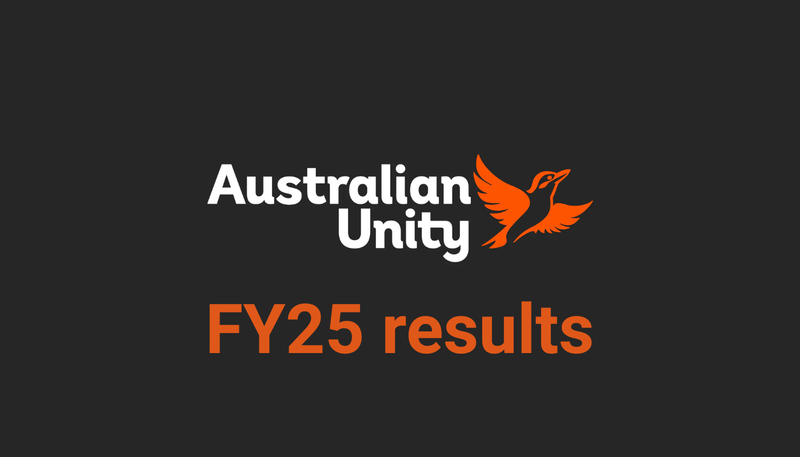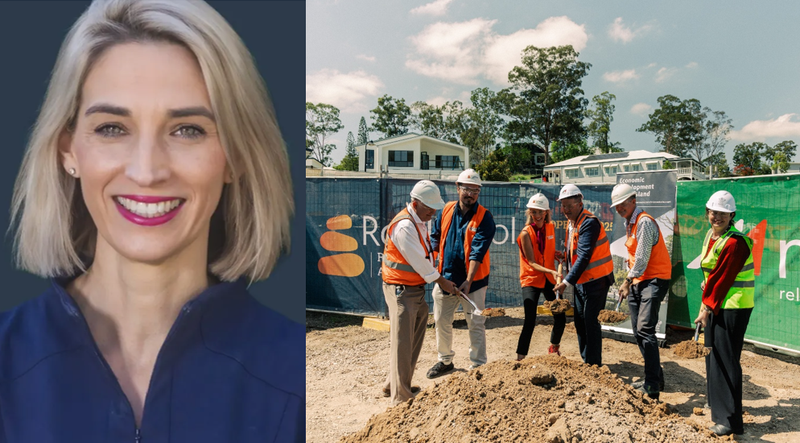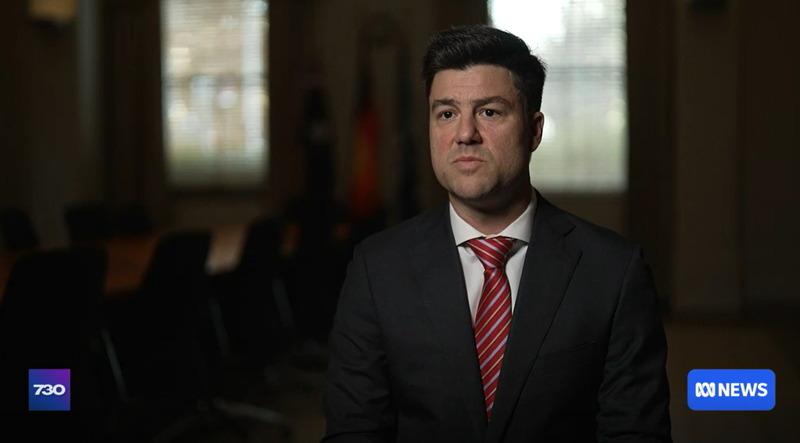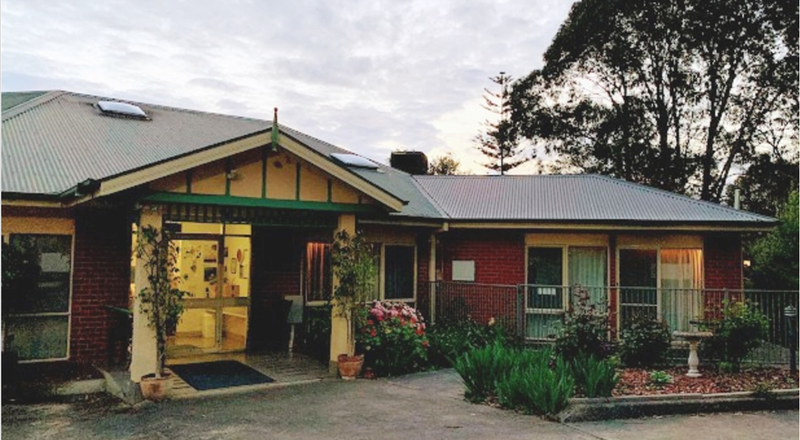Filling the “gaping hole”: ANMF puts forward new staffing mix model to the Commission – price tag $5.3 billion
Flanked by what seemed to be a number of fellow nurses in the public gallery, the Australian Nursing & Midwifery Federation’s Federal Secretary Annie Butler painted a picture for the Commissioners of staff under increasing pressure, doing...
Flanked by what seemed to be a number of fellow nurses in the public gallery, the Australian Nursing & Midwifery Federation’s Federal Secretary Annie Butler painted a picture for the Commissioners of staff under increasing pressure, doing unsafe workloads and leaving the sector in droves over nearly two hours – with poor remuneration a major sticking point.
Its evidence submitted to the Commission of the state award for nurses in NSW and a separate enterprise agreement from a redacted NSW provider showed the hourly rates for registered nurses in aged care starts at a similar rate ($31.60 to $31.89), but by the eight years falls to only $39.65 behind the public sector rate of $44.34 – often because of the lack of clinical positions to progress into in aged care.
The conversation then shifted to the ANMF’s national aged care survey 2016 of its members – the results of which Senior Counsel Assisting Paul Bolster described as “confronting”.
A graphic example of poor-quality care submitted by an agency nurse read out by Mr Bolster had Ms Butler shaking her head and sighing audibly.
Asked if there were any controls to ensure the provider spends the funding it received under the Aged Care Funding Instrument (ACFI) in direct care needs, Ms Butler told the Commissioners: “The short answer is none”.
“I had a feeling you would say that,” Mr Bolster replied.
The questioning then moved to the ANMF’s aged care staffing and skills report from 2016 developed with Flinders University and the University of South Australia which looked at how you staff against care demand – clearly a favourite topic with Ms Butler, who apologized: “I’m sorry, I’m talking too much.”
Their research distilled six resident profiles from 200 SA aged care residents to work out the number of care hours per day they required, a focus group’s expectation of how much care they needed and the care interventions they were missing out on e.g. a person with dementia needs to be recognized as choking risk.
The findings? Residents are being “rationed” care and missing out on extra care interventions, Ms Butler says.
“There isn’t an incentive in the instrument to keep people well. There’s an incentive to make them sicker in terms of getting a return.”
“There is just a gaping hole in the Aged Care Act currently in terms of how you actually staff against genuine care needs in residential aged care.”
The ANMF wants an average of 4.3 or four hours and 18 minutes of care and a 30% RN, 20% EN and 50% PCW minimum which would vary by facility to cater for more high-care needs.
They also want their staffing mix model – which would cost around $5.3 billion – to be rolled out.
It’s a persuasive argument for it.
No discussion however about where the workers will come from.
As an aside, Mr Bolster did ask Ms Butler about COTA CEO Ian Yates’ comments from Monday that nurses in aged care sometime have a strong ‘command’ culture.
“I would like to know what evidence this is based on,” Ms Butler said tartly. “To me it seems solely an opinion.”





